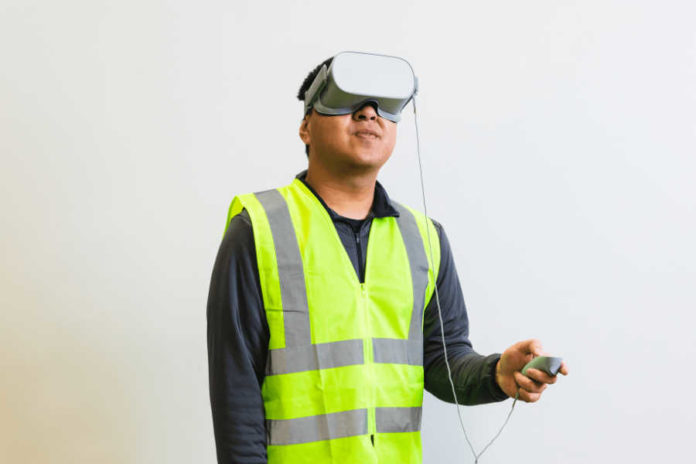
We spoke with Derek Belch, founder and CEO of the immersive learning platform Strivr, to get an idea of where advanced learning technology is heading, and also a feel for the company’s approach to partnerships. Strivr’s had a busy year, building an ecosystem of partners and pursuing integrations. We spoke with him just a few weeks after the company unveiled its partner program.
Not too long ago, you launched the Strivr Partner Program. What was the motivation behind it?
Over the past few years, there has been accelerated interest in XR – or “extended reality” – technology, especially as an alternative to traditional skill development programs, which have historically yielded ineffective results in the enterprise.
XR technologies such as augmented reality and virtual reality have attracted roughly $4.1 billion in investments as companies seek more innovative and engaging solutions to improve L&D, education and collaboration. Recognizing and experiencing this growing industry need first-hand, we felt it was critical to unify an ecosystem of like-minded, content developers, technology and professional service providers to help accelerate the adoption of VR in the enterprise.
Q&A: Partnerships and Technologies to Build Virtual Worlds #HRTech #HR @STRIVRLabs Share on XYou’re working on an integration with Workday. What’s its purpose? And, do you see more relationships like that coming in the future?
We look forward to finalizing our integration with Workday in order to broaden accessibility for VR to the enterprise, while playing a key role in the advancement of skills-based solutions that deliver the opportunities employees have come to expect and require.
In addition to Workday, we’ve established partnerships with other companies, such as Accenture and DDI, to incorporate enterprise VR into their existing offerings in areas like strategy, curriculum design, change management, leadership training and deployment services.
We are open to more opportunities to foster relationships and collaborate with companies who are making strides to transform learning and skills development in the enterprise.
A couple of years ago, MGM hired Strivr so job candidates could “try out” a role using VR. What did you learn from that, and will you continue to pursue such opportunities?
MGM’s initial pilot with Strivr was to leverage immersive training to upskill guest services associates. After seeing the impact and potential of this approach, MGM cited its longer term vision to offer the ability for new job candidates to try out roles through VR.
This would allow candidates to determine whether a job is right for them early on in the hiring process, which has the potential to unlock considerable benefits both for candidates, who can get first-hand experience before accepting a job, and employers, who can devote energy and resources toward hiring and retaining candidates that are ideally matched to specific roles.
Additionally, this provides employers with another avenue to conduct an unbiased interview process, where candidates aren’t judged based on their background or appearance, but purely on their skills.
Will Strivr ever move out of the education market to pursue solutions in operations? In other words, do you see your product one day being used on a manufacturing floor or a dispatch operation?
Strivr actually started in sports in 2015, and shortly thereafter pivoted to the enterprise. We hit an inflection point in 2018, and now have customers across retail, financial services, logistics, manufacturing and healthcare.
We have worked with Fortune 1000 enterprises across these industries to help employees train for tasks (hard skills) that may be too time-consuming, dangerous, difficult or expensive to replicate in the real world. We have also seen a significantly growing demand for more effective and impactful ways to improve soft skills such as providing feedback, management training and compliance.
We partner closely with our customers to identify the right use cases within their specific industries that will derive a greater effect on workforce performance and reap tangible benefits in employee productivity, engagement and efficiency. We look forward to expanding the use of VR in the enterprise across these industries, driving the most impactful solutions to elevate workforce performance at scale across the Fortune 1000.
Image: Strivr













